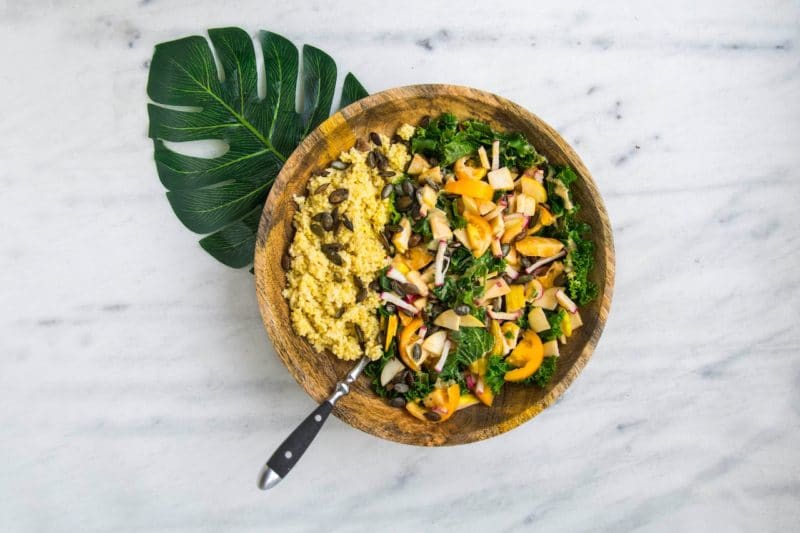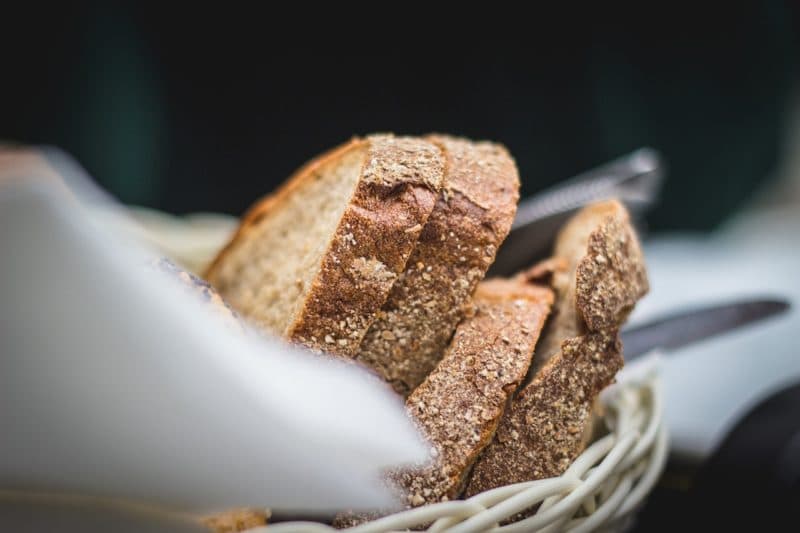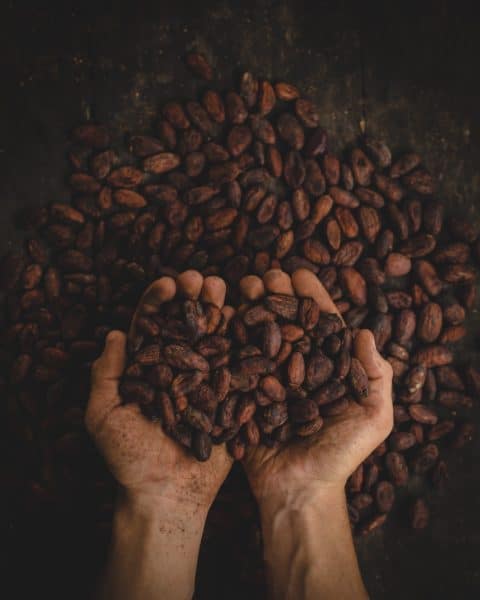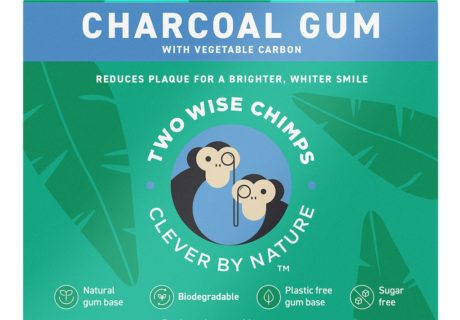Lydia Baines, digital and communications manager for Puratos UK (international baking, patisserie and chocolate ingredients business) sets out six food trend predictions for 2020.
Plant-based, clean label, ‘less and more’, and ‘power ingredients’ such as grains, seeds, cocoa and fruit fillings are the top healthy food trends for 2020. Trust, the environment, veganism and taste are set to be key factors influencing choices. Brands and businesses which can demonstrate credible environmental initiatives and transparency, as well as offering high quality relevant products, will be those to benefit. With health only set to rise higher on the agenda, businesses should look to promote ‘power ingredients’, source responsibly and re-formulate to maximize chances of success in the 12 months ahead and beyond.
Plant-based
 Veganism is now considered to be more than a trend by many and is set to gain even more momentum in 2020. Our Taste Tomorrow trend report (the world’s largest bakery, patisserie and chocolate consumer survey) reveals that vegan food is increasingly seen as good for the environment and health, with 20% of people buying vegan/vegetarian food on a weekly basis and 24% expecting to buy more in the future. 38% believe vegan food has a positive impact on the environment and 69% see plant-based products as a solution to prevent or solve food shortages.
Veganism is now considered to be more than a trend by many and is set to gain even more momentum in 2020. Our Taste Tomorrow trend report (the world’s largest bakery, patisserie and chocolate consumer survey) reveals that vegan food is increasingly seen as good for the environment and health, with 20% of people buying vegan/vegetarian food on a weekly basis and 24% expecting to buy more in the future. 38% believe vegan food has a positive impact on the environment and 69% see plant-based products as a solution to prevent or solve food shortages.
Clean label
The trend for transparency, focus on health and a greater interest in what goes into food has led to consumers checking labels more than ever before. 86% of people said they did this in 2019; an increase since the previous Taste Tomorrow report in 2015. 36% of people currently check labels for details on preservatives and the same number look for details on the source of a product, while 33% search for information on artificial colourings and flavourings. We anticipate that the number of consumers checking labels will grow further in 2020 and demand for clean label formulations will increase as a result.
Less and more
For consumers, healthy food involves both ‘less’ and ‘more’, with 70% of consumers saying health is about removing ingredients and 61% saying it is about adding them. Reducing sugar and salt continues to be a key focus for the NHS and action groups; we expect heightened customer interest in this – partly driven by media – in 2020.
The most recent UK National Diet and Nutrition Survey (NDNS) revealed that the majority of adults need to increase their intake of fibre. This information will help drive an increased consumer awareness of the importance of fibre in a healthy, balanced diet. Higher fibre ingredients should be incorporated into formulations and ‘source of’ or ‘high fibre’ claims on pack should be highlighted in order to tap into this trend.
Grains and seeds
The Taste Tomorrow report polled consumers on how tasty and healthy they thought certain ingredients were and whether they thought these ingredients were present in bread, chocolate, pastry and patisserie. Grains and seeds scored highly for both health and taste, but not all consumers were aware that these could be present in bread, with just 54% saying they thought grains and seeds could be incorporated. This presents an opportunity to educate a relatively high percentage of consumers on the fact that these ingredients can be present in bread and on their health and taste benefits.
Vegetable and fruit fillings
Vegetable and fruit fillings look set to grow as ‘patisserie power ingredients’ in 2020. As well as increasing the health credentials of finished goods, these fillings also offer taste benefits and both are, of course, associated with ‘naturalness’. Promoting any claims around health, naturalness or provenance, associated with fillings is likely to prove beneficial in 2020.
Cocoa
 Cocoa is another ‘patisserie power ingredient’. Awareness of the benefits of cocoa is increasing, with nine out of ten consumers now believing it offers both health and flavour benefits. The percentage of cocoa in chocolate is important to consumers, with this being the fourth most important buying consideration for chocolate, ahead of even health and freshness.
Cocoa is another ‘patisserie power ingredient’. Awareness of the benefits of cocoa is increasing, with nine out of ten consumers now believing it offers both health and flavour benefits. The percentage of cocoa in chocolate is important to consumers, with this being the fourth most important buying consideration for chocolate, ahead of even health and freshness.





